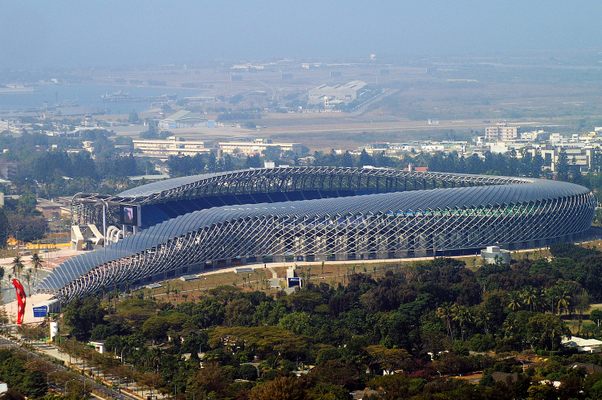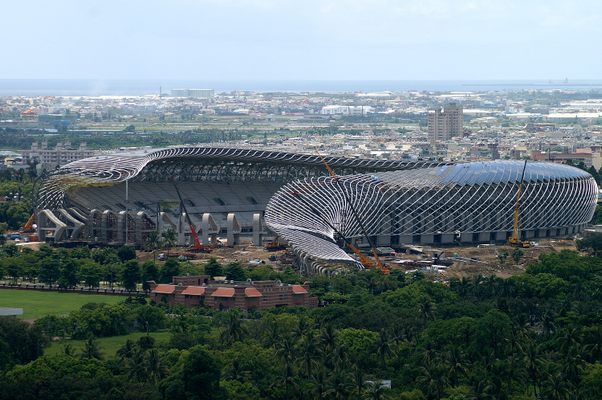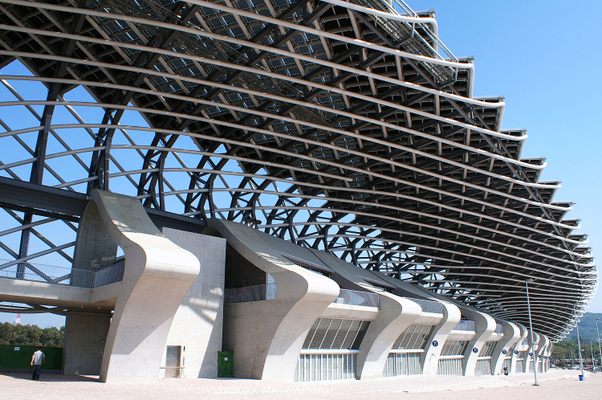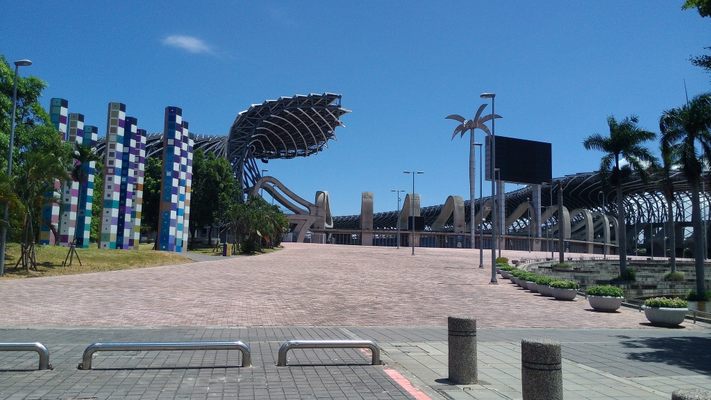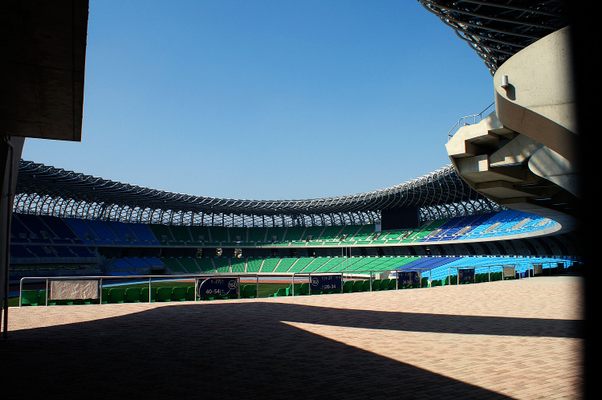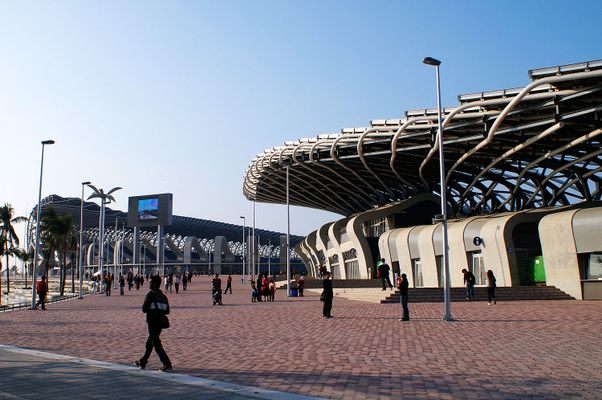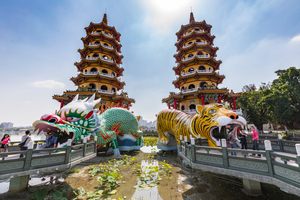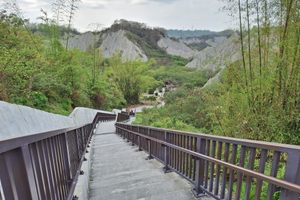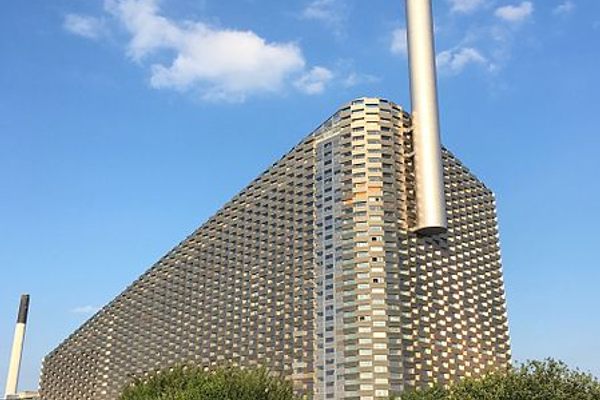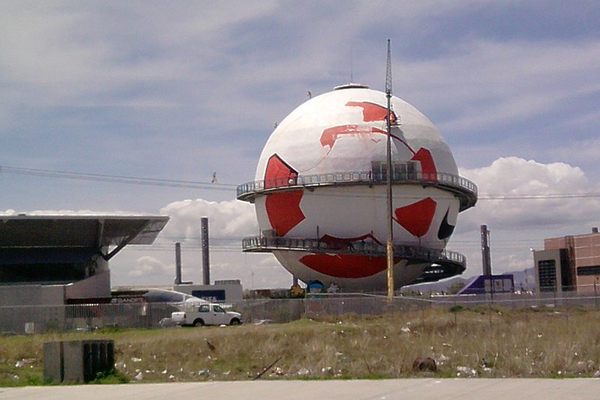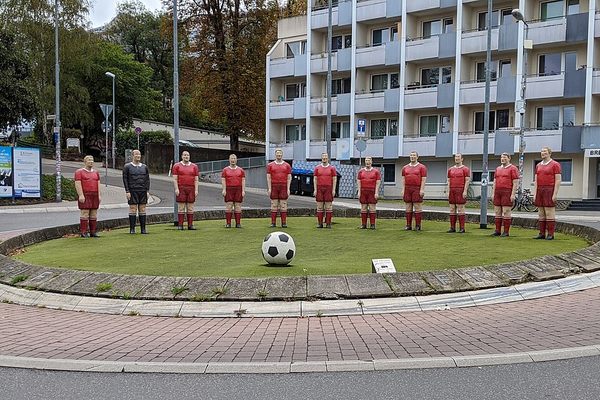About
The National Stadium in Kaohsiung, Taiwan, was designed and built as the main venue for the 2009 World Championship Games. As well as being the highest capacity stadium in Taiwan, it’s also the world’s largest solar-powered stadium.
Formerly known as the World Games Stadium, the stadium was designed by the acclaimed Japanese architect Toyo Ito. With a capacity of 55,000, it’s the largest stadium in Taiwan and is today mainly used for soccer matches.
Ito, who also designed the Nipro Hachiko Dome in Japan, is known for his innovative designs and conceptual architecture. The National Stadium certainly continues that trend. Visually, the stadium looks like a curled dragon or snake resting on the landscape, with a large gap between its head and tail that serves as the entrance to the arena. And those scales are not scales at all: They are large solar panels.
The roof of the stadium is covered with 8,844 solar panels, making it the first stadium in the world that runs completely on its own energy. It’s also the largest photovoltaic system in Taiwan, capable of supplying 1.14GWh of electricity annually.
The energy generated is more than enough to power the stadium’s 3,300 lights and two jumbo vision screens. On days when the stadium isn’t being used, the Taiwanese government can feed the extra energy into the local grid, providing almost 80 percent of the local area's energy requirements.
Other innovative features of the National Stadium—which was built using 100 percent recyclable raw materials—include attention to Feng Shui coupled with computer simulations. With help from the Central Weather Bureau, the stadium was designed with the summer wind direction in mind, allowing air to circulate freely to maximize natural cooling.
The roof of the stadium was also carefully orientated to protect spectators from the fierce summer sun of Kaohsiung. It can also collect rainwater for use inside the stadium, with a system of pipes carrying water to underground tanks.
Surrounding the stadium, meanwhile, are nearly seven hectares of public green spaces, including a park with tropical plants, bicycle paths, sports parks, and an ecological pond.
Related Tags
Know Before You Go
The National Stadium is located in the Zuoying District of Kaohsiung, a coastal city in southern Taiwan. Bus stops are located along Shiyun Boulevard and Junxiao Road, which border the stadium to the south and west respectively. Check local listings for upcoming soccer matches and other events within the month.
Published
July 11, 2019
Sources
- https://www.architecturerevived.com/national-kaohsiung-stadium-taiwan/
- http://architectuul.com/architecture/kaohsiung-stadium
- https://www.theguardian.com/environment/2009/may/20/taiwan-solar-stadium
- https://www.archdaily.com/22520/taiwan-solar-powered-stadium-toyo-ito
- https://en.wikiarquitectura.com/building/kaohsiung-stadium/
- https://inhabitat.com/taiwans-solar-stadium-100-powered-by-the-sun/
